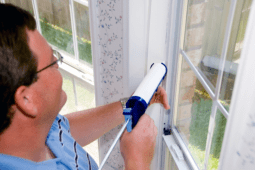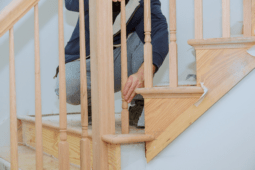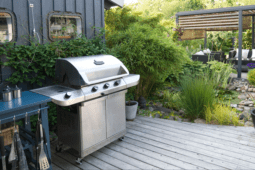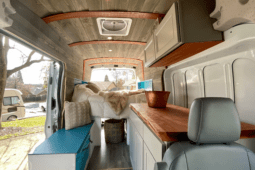10 Types of Hinges and When to Use Them
Hinges are an essential part of everyday life, from the doors to the cabinets in our homes and offices to the gates and doors in our outdoor spaces. They come in many different shapes, sizes, and designs, and each type has its unique features and uses.
With many different types available, it’s a must to know which you might need for your next project, so here are ten types of hinges and when you will want to use them:
Butt Hinges
Butt hinges are the most common type of hinge and are found on doors and cabinets. They are made of two plates that are connected by a pin, which allows for rotation. Butt hinges are versatile and can be used for both residential and commercial applications.
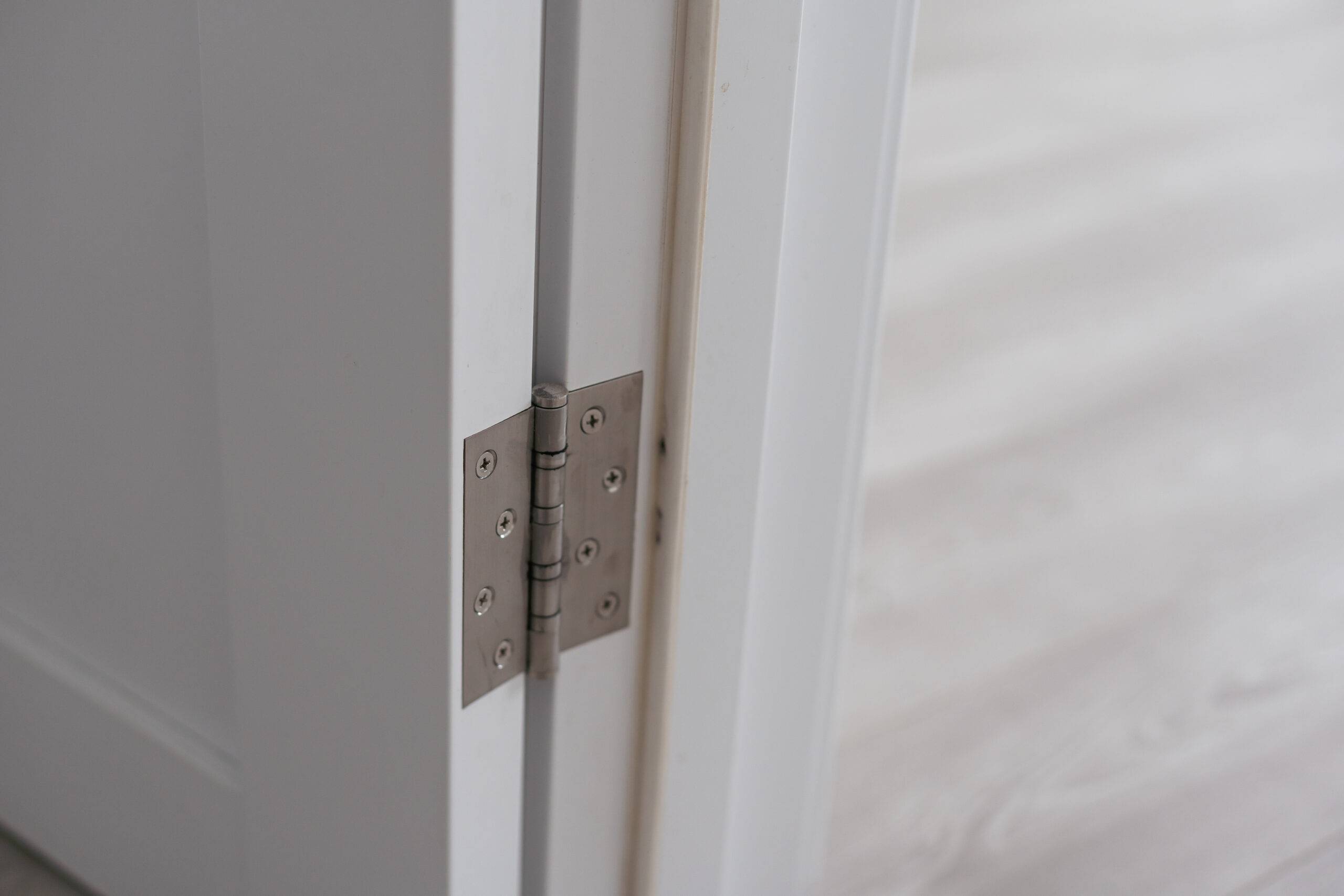
Continuous Hinges
Continuous hinges, also known as piano hinges, are long and narrow and run the entire length of the door or lid. These hinges are ideal for applications where the weight of the door or lid is distributed evenly along the hinge.
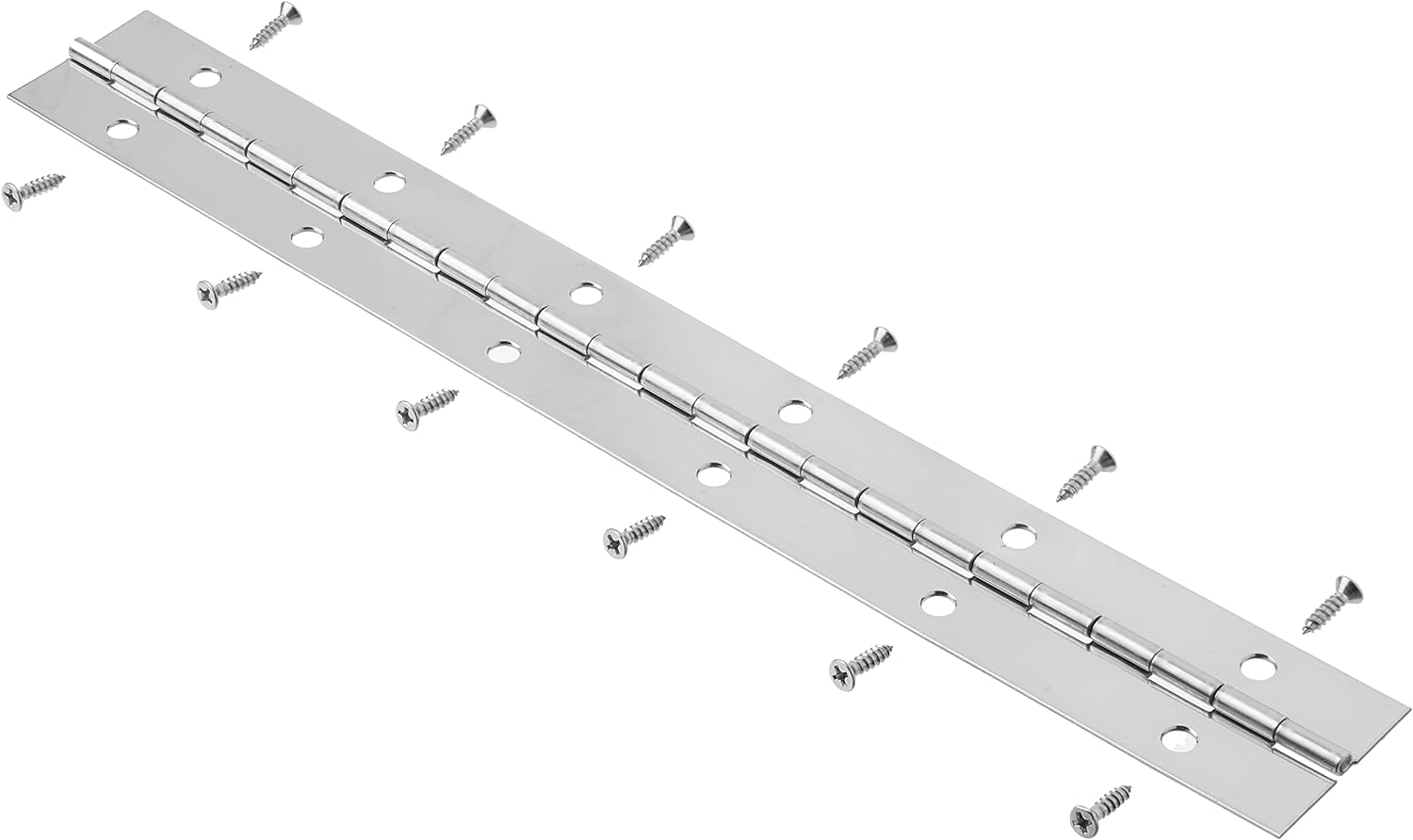
Ball Bearing Hinges
Ball-bearing hinges are designed to reduce friction, making them ideal for heavy doors. They are made of steel and have ball bearings between the knuckles to allow for smooth operation.
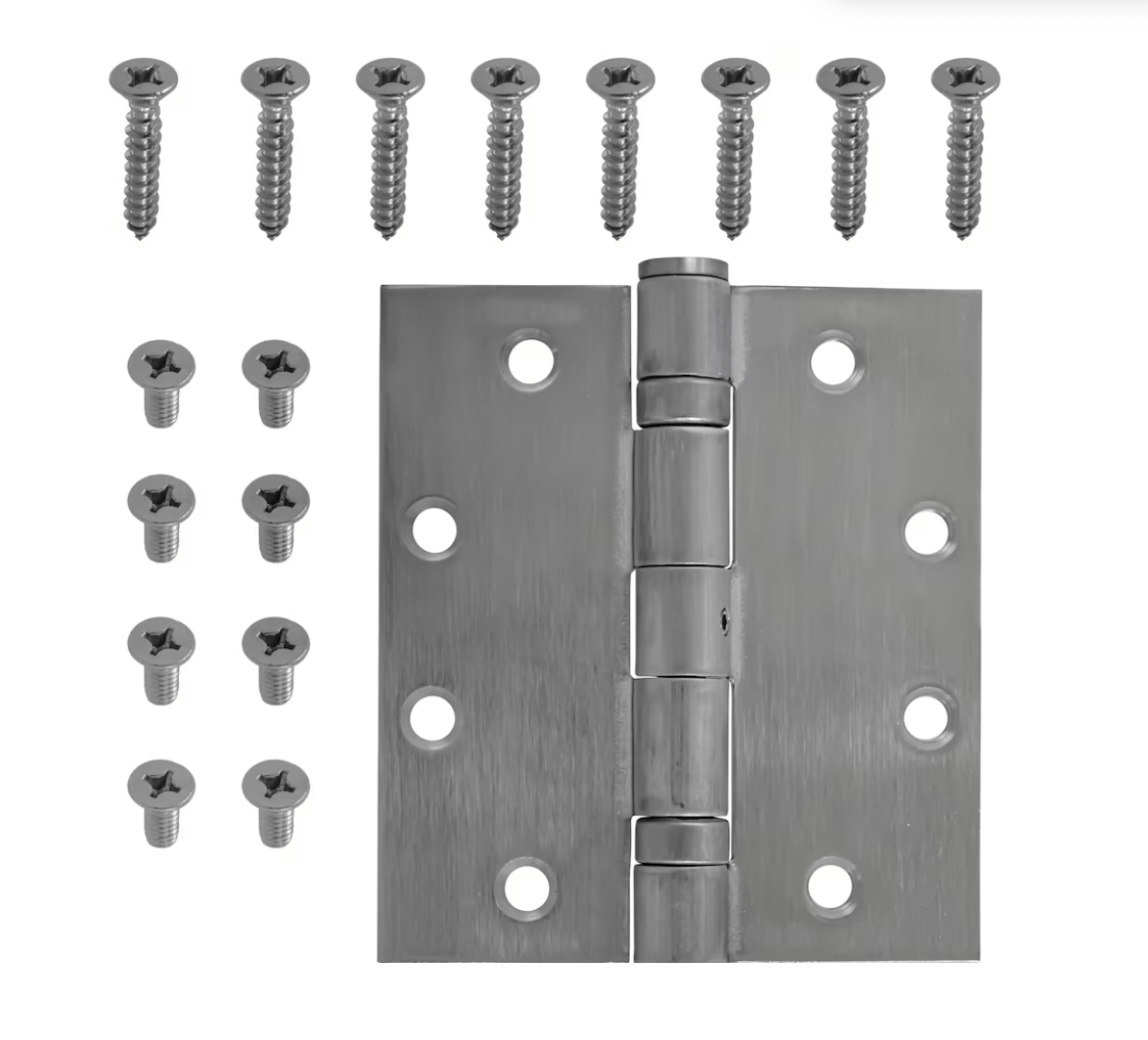
Double Acting Spring Hinges
Double-acting spring hinges are used on doors that swing in both directions. These hinges have a spring mechanism that allows the door to close automatically after being opened in either direction.
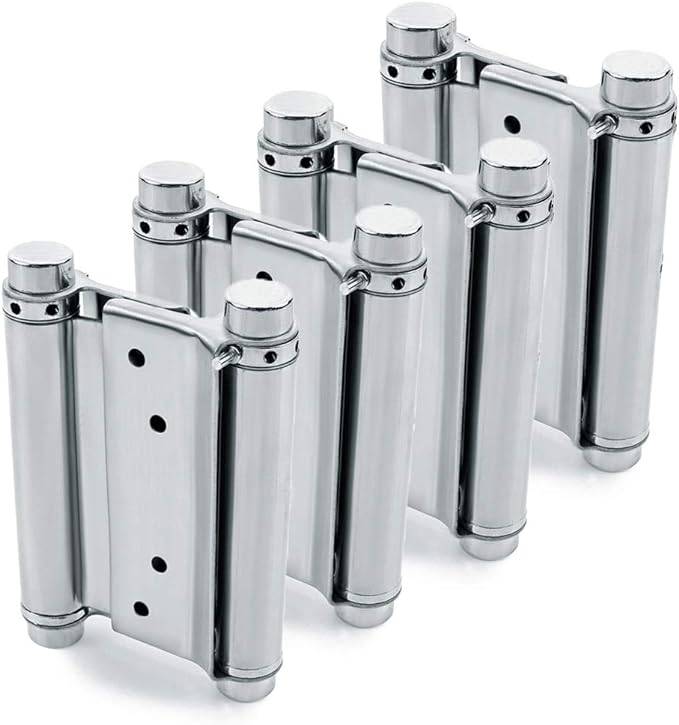
Strap Hinges
Strap hinges are designed for heavy-duty applications such as gates and doors. They are made of thick steel and have a decorative appearance.
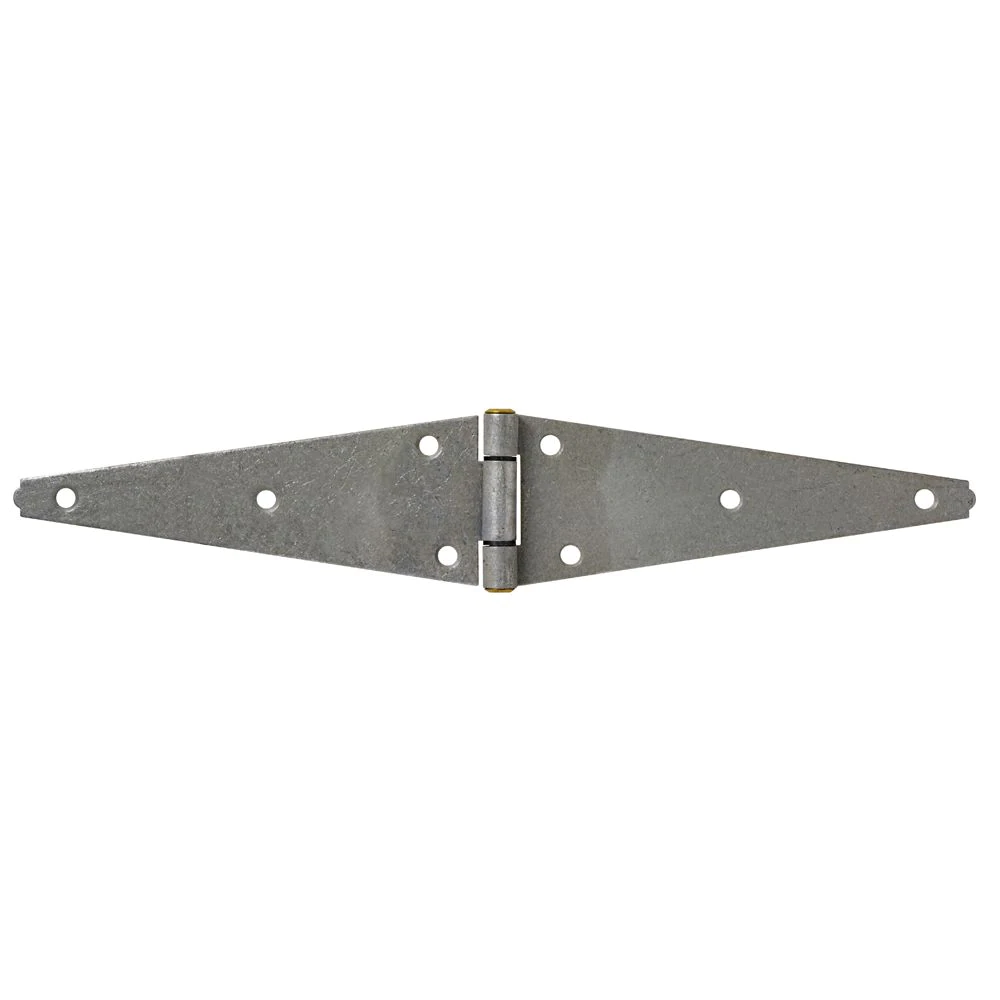
Concealed Hinges
Concealed hinges are hidden from view, making them ideal for cabinets and other furniture. They are attached to the inside of the cabinet door and the frame, with only the hinge pin visible.
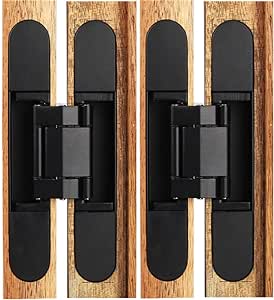
European Hinges
European hinges are also known as cup hinges and are commonly used in kitchen cabinets and other furniture. They are easy to install and adjust, making them a popular choice for DIY projects.
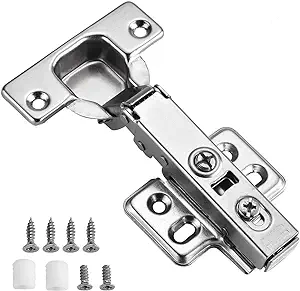
Pivot Hinges
Pivot hinges are used on doors that are too heavy for traditional hinges. They are designed to distribute the weight of the door evenly, making them ideal for large and heavy doors.
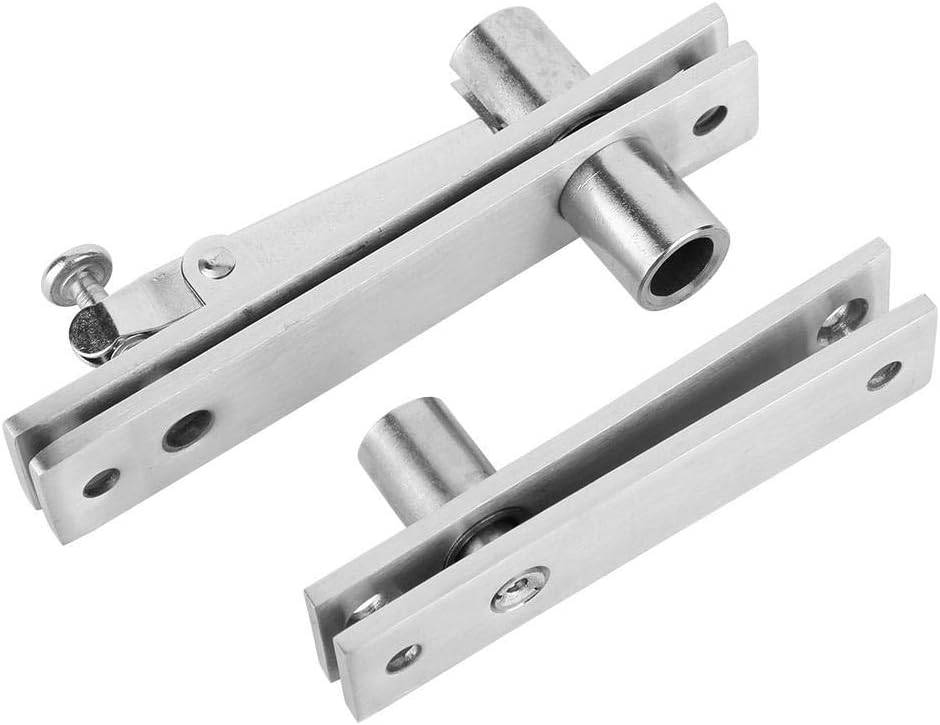
Specialty Hinges
Specialty hinges are designed for specific applications, such as gate hinges, storm door hinges, and screen door hinges. These hinges are often made of heavy-duty materials and are designed to withstand harsh weather conditions.
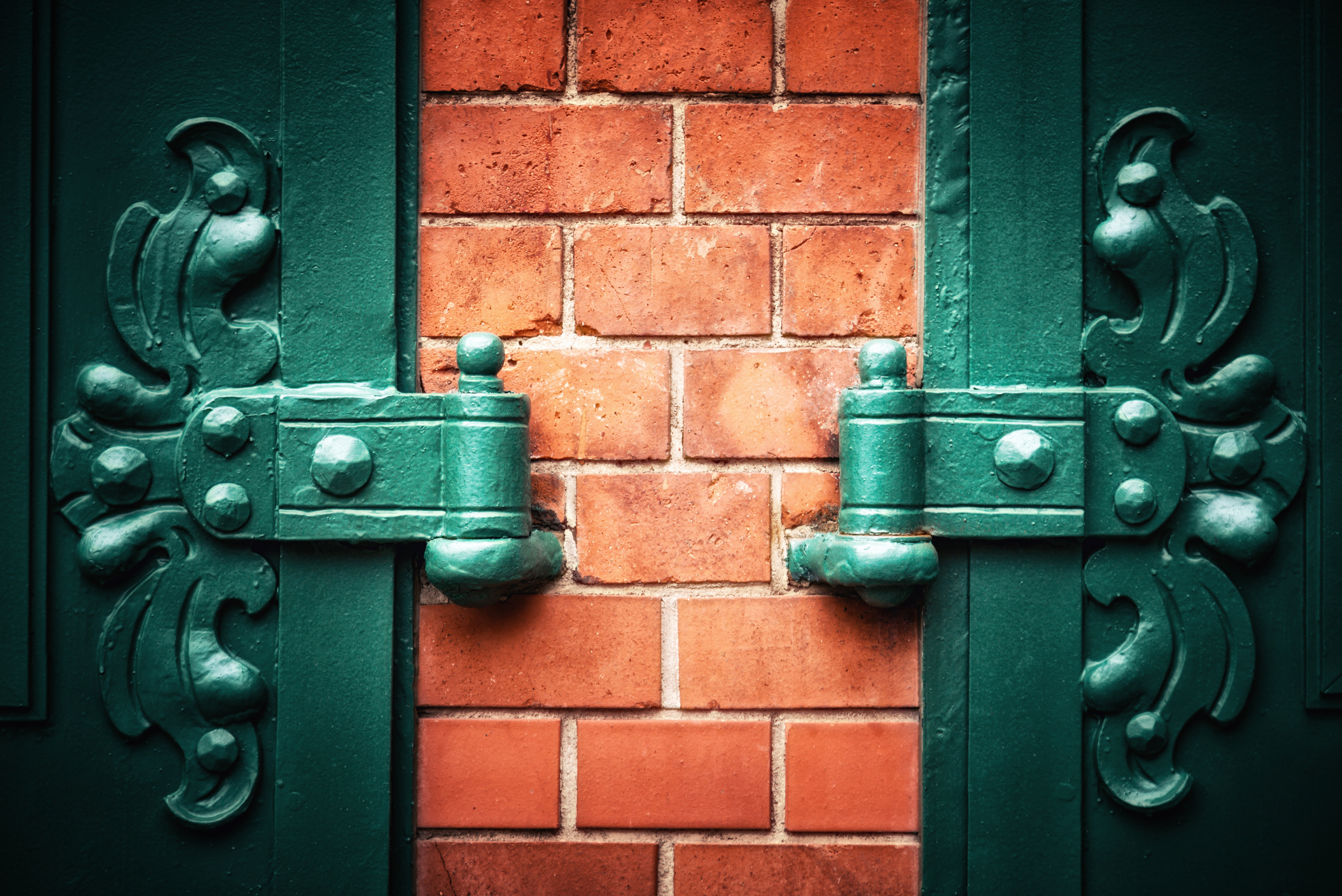
T Hinges
T hinges are commonly used on gates and barn doors. They are designed to withstand heavy loads and are made of durable materials such as steel or wrought iron.
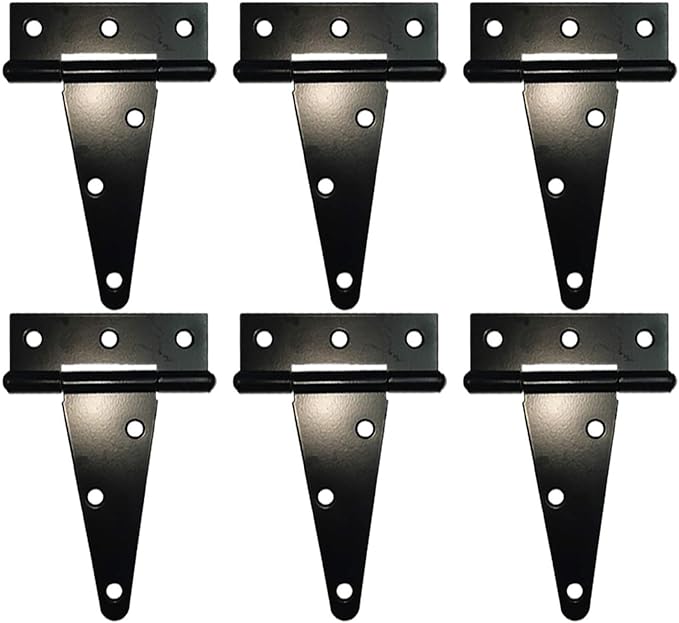
When selecting a hinge, it’s important to consider the weight of the door or lid, the frequency of use, and the overall design of the application. By selecting the right hinge for the job, you can ensure that your doors, cabinets, and gates operate smoothly and efficiently.

